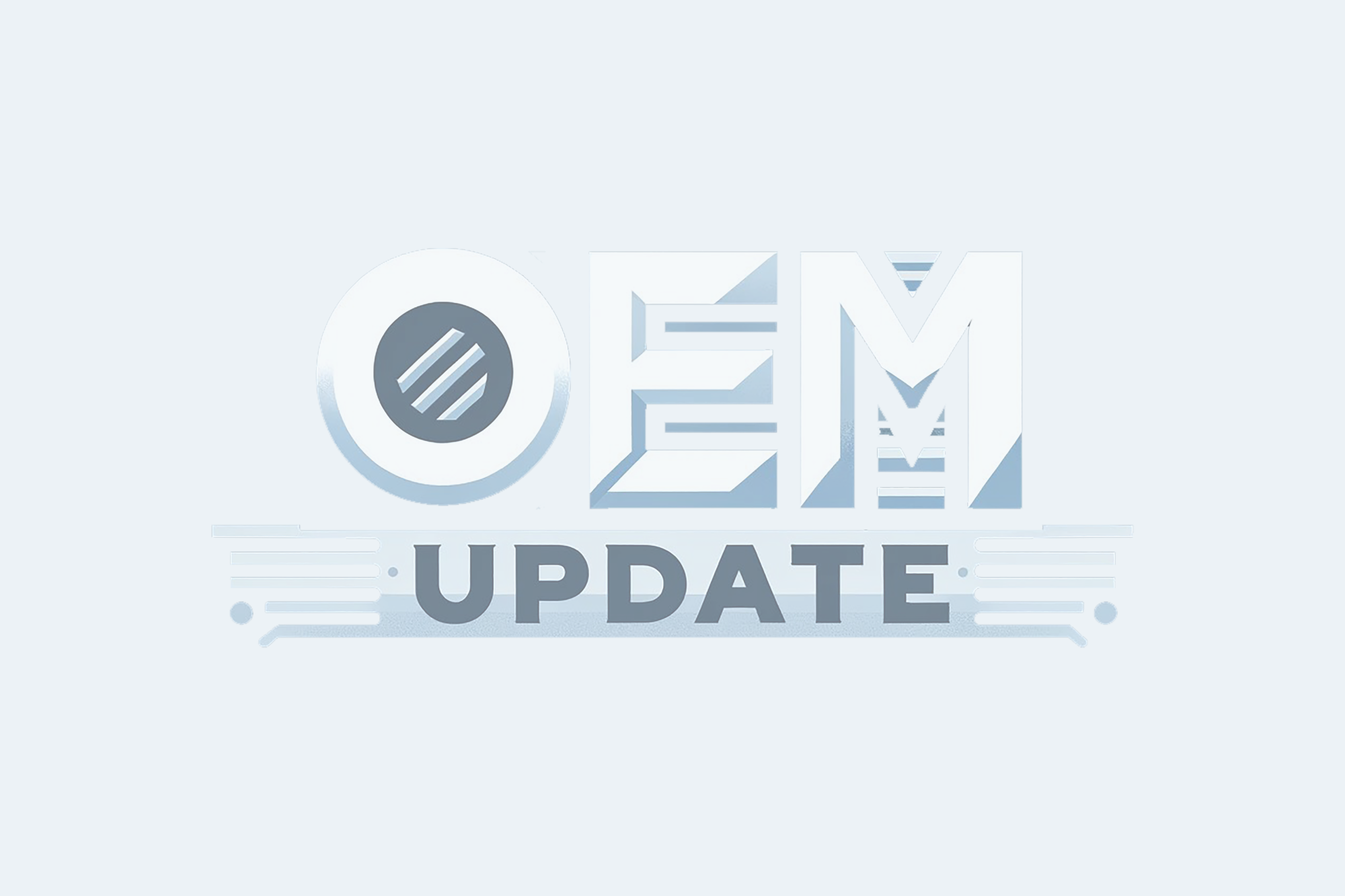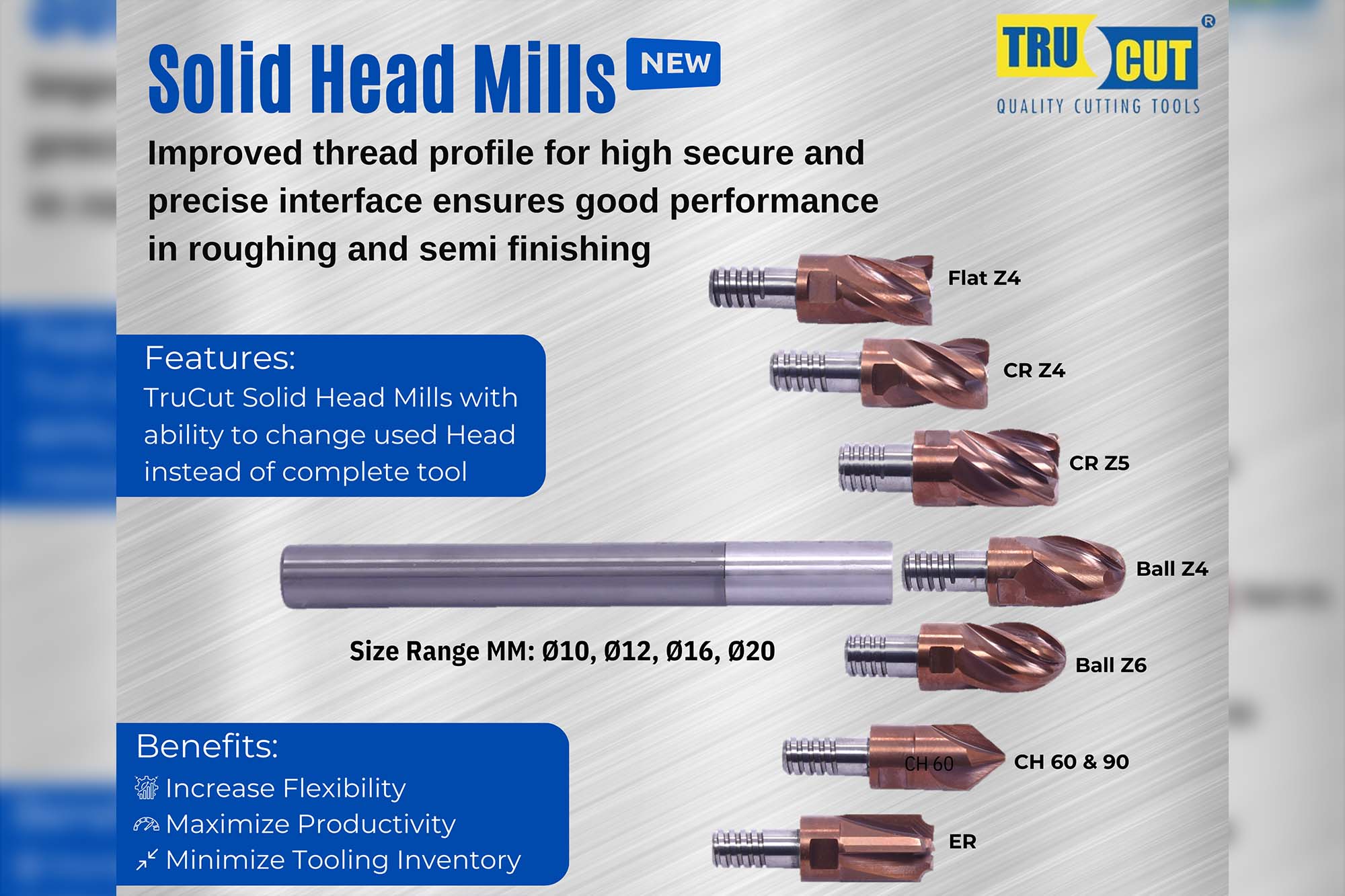Copper for refrigerant piping in HVAC segment
By admin February 28, 2014 5:53 am IST
Copper tube is the preferred choice of modern contractors for plumbing, heating and cooling installations in all kinds of residential and commercial buildings, explains Shankar Sapaliga, Sr. Consultant HVAC, ICPCI
Copper tube for various applications such as plumbing, heating, cooling and refrigeration and air-conditioning industries is available in drawn and annealed tempers in a range of diameters and wall thicknesses. In United States, copper tube is manufactured to meet the requirements of specifications established by ASTM International.
Types of copper tubesType K, L, M, DWV and medical gas tubes are designated by ASTM Standard sizes, with the actual outside diameter always 1/8-inch larger than the standard size. Each type represents a series of sizes with different wall thicknesses. Type K has thicker wall thickness than Type L and Type L has thicker wall thickness than Type M for any given diameter. Copper tube for air conditioning and refrigeration (ACR) field service is designated by actual outside diameter.
The tube type, the name or the trademark of the manufacturer and the country of origin are printed on it in a colour to distinguish its tube type. Soft ACR tube may not carry anyincised or colour markings.
Copper tubes are further classified ashard drawn temper tube and soft temper. Tube in the hard temper condition is usually joined by brazing or soldering. The soft tube can be joined by same technique and by use of flare type and compression fittings. Further, it is possible to expand the end of one tube so that it can be joined to another by soldering or brazing without a capillary fitting.
Advantages of copper tubeCopper tube is the preferred choice of modern contractors for plumbing, heating and cooling installations in all kinds of residential and commercial buildings in many parts of the world because:• Copper tubes are easy to handle, joining and forming saves installation time and cost and reliable with its long term performance. It is light weight and due to formability it is frequently possible to eliminate elbows and joints. • Copper is safe as it will not burn or support combustion or decompose to toxic gases. It will not carry fire through walls, floors and ceilings.• Copper is long lasting and has excellent resistance to corrosion and scaling, high mechanical strength, high temperature resistance and life time resistance to UV degradation.• Copper is 100 per cent recyclable and can be recycled over and over without degradation in content or properties.
Refrigerant piping for HVAC systemApplication considerationsFollowing are the additional factors to be considered while designing piping for the refrigerant flow:• The system must be designed for minimum pressure drop since pressure loss decreases the thermal capacity and increases the power requirement in a refrigeration system.• The fluid being piped changes in state as it circulates.• Since lubricating oil is miscible with refrigerant s, some provision must be made to : • Minimise the accumulation of liquid refrigerant in the compressor crank case • Return oil to the compressor at the same rate at which it leaves.
Brazed joints: Brazed joints with filler metals melt at temperatures between 1,100 F to 1,500 F. The fluxes used for brazing copper joints are different in composition from soldering fluxes. Unlike soldering fluxes, brazing fluxes are water based. If outside of the fitting and the heat affected area of the tube are covered with flux (in addition to the end of the tube and the cup) oxidation will be minimises and the appearance of the joint will be greatly improved. The outer surface of tube and inner surface of the cup should be properly polished by emery paper only then assembly be done by inserting the tube into the hard against cup. Follow the same procedure of soldering as mentioned above for brazing joints.
No flame jointsFlare joints: A flare joint should be made with an appropriate tool supplied by tool manufacturer. The copper tube must be cut square using an appropriate tube cutter. After cutting the tube must be reamed to the full inside diameter leaving no inside burr. The tube that is out of round prior to flaring should be resized back to round. Failure to complete either of these steps can lead to an inadequate seal of the flared joint and ultimately joint failure. Dirt, debris and foreign substances should be removed from the tube end to be flared by mechanical cleaning
Roll groove coupling joint: Copper roll groove joining takes advantage of copper’s excellent malleability and its increased strength when cold worked. The joints rely on the sealing capability of a special clamping system that contains an EPDM gasket and a specially designed clamp.
Press connect joints: The press connect joining method was patented in Europe in the late 1050s and the method and associated fittings and tools were introduced in the United States in late 1990s.
This method also takes advantage of copper’s excellent malleability and its proven increased strength when cold worked.
Mechanically formed extruded outlets or tee pulling: This method involves branches to be formed faster and results in a lower installed system cost. Portable tool kits and power operated equipment are available that produce lap joints for brazing
Cookie Consent
We use cookies to personalize your experience. By continuing to visit this website you agree to our Terms & Conditions, Privacy Policy and Cookie Policy.
















